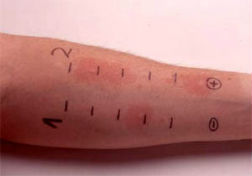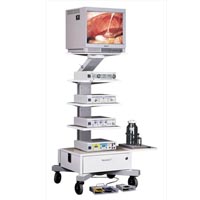Decoding tests for toxoplasmosis. Immuno enzyme analysis as a way to identify antibodies to the causative agent of the disease, the essence of the method, the evaluation of the data obtained.
Content
Decoding tests for toxoplasmosis

Toxoplasmosis is an intracellular parasite infection caused by intracellular parasite. Normally, that is, in a healthy body, there is no toxoplasm. However, more than 30% of the population of the Earth or hurt by this disease, or are its carriers.
Reveal the microbe is very difficult, but modern methods allow it to do. This typically uses an immunoferment analysis (ELISA) for the presence of special antibodies to the toxoplasm.
IFA: the essence of the method
At IFA, the blood takes the blood more often, less — Likvor (cerebrospinal or cerebrospinal fluid) or particles of cloth of various organs. The material taken is mixed in a special device with a special reagent, which reveals the necessary antibodies — Immunoglobulins G and M.
Decoding results
The results of the study are issued in the form of a plus or minus. Plus means that antibodies are detected, minus — What not.
- Both types of antibodies are missing: this means that the patient was not in contact with the causative agent. If pregnant is examined, she should re-make ELISA at 22 weeks and before the very kind.
- Both types of antibodies are found: This means that the patient has been infected in the past two to six months.
- Only immunoglobulins M are found: this result indicates that contact with the infection was less than two months ago.
- Only immunoglobulins G were found: in a patient — Resistant immunity to toxoplasma infection.
The analysis guides the gynecologist, less — Infectious and parasitologist.









